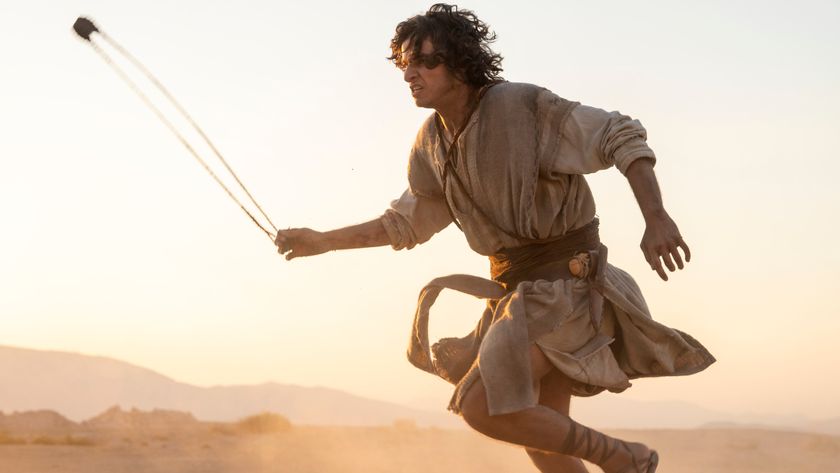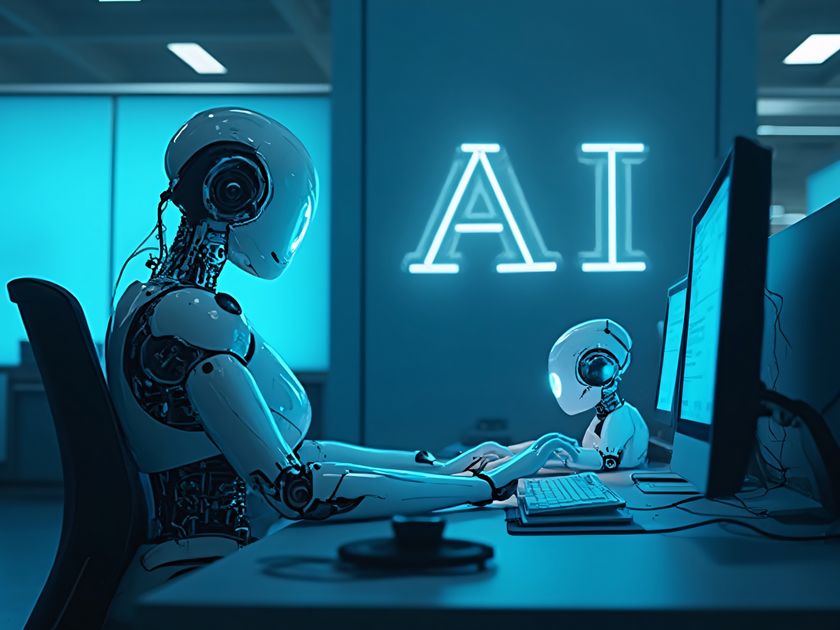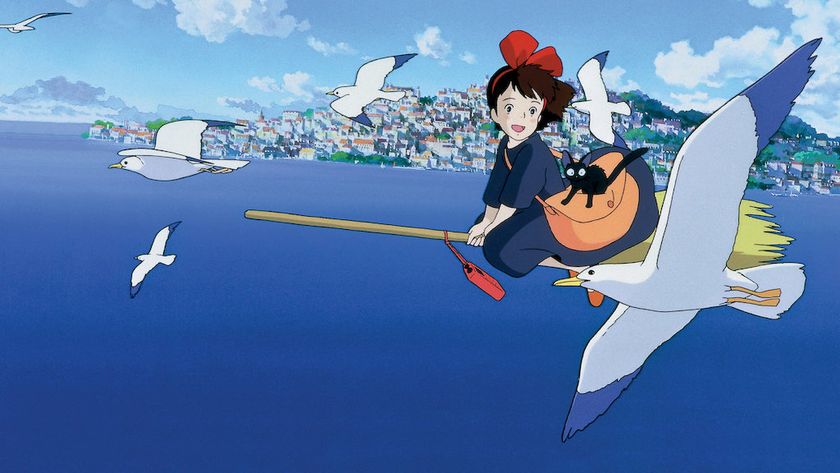Rings of Power looks good, but it's unlikely to win over Tolkien fans
Will Tolkien lovers be happy with the Amazon TV show?
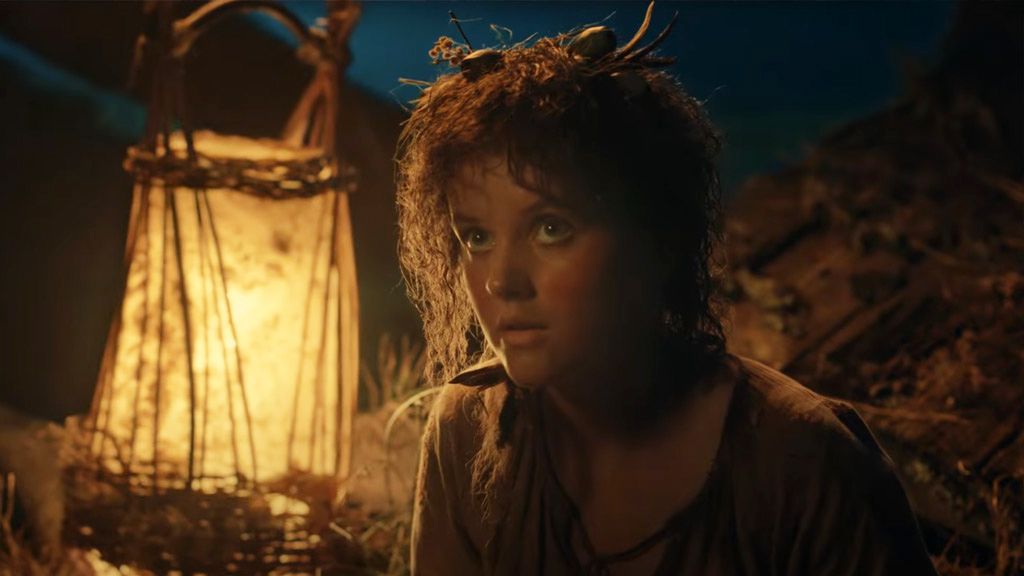
The new trailer for Amazon’s Lord Of The Rings: The Rings Of Power landed on July 14, and to be honest, it looked great. Showcasing more of the characters, designs, sets, sounds, and a real glimpse into the action of this new version of Middle-Earth, it looks like somebody spent around 500 million dollars bringing the Second Age of Middle-Earth to life.
However, with Amazon’s hoards of gold and the scope of talent involved, it was always going to look this good. The real question is whether it’s possible to fill five planned seasons of TV, create a decent plot out of events spanning more than 3,000 years, and still honor the story created by J.R.R. Tolkien. Doing it all at the same time seems nigh-on impossible, but if we’re lucky, we might get two out of three.
Retelling old stories
It’s not an enviable task. There’s a lot going on in the Second Age of Middle-Earth, an era of uneasy peace that leads to the rise of LOTR’s big bad Sauron. The drama plays out over thousands of years across locations familiar to those who have seen the older films, like Rivendell and Lothlorien, and unfamiliar ones like the island of Númenor. Old faces like Elrond, Galadriel, and Isildur are back, along with new ones like Gil-Galad the elvenking. The Second Age ends with the elves and men joining forces to fight Sauron, which we last saw twenty years ago in the opening minutes of Fellowship Of The Ring.
In order to squish things down into something resembling a plot, lead writers J. D. Payne and Patrick McKay have taken the broad strokes of Tolkien’s notes and used them to engineer a story that spans the entirety of Middle-Earth. They’ve condensed the timelines so that everything happens more or less at once, and invented new characters out of whole cloth to try and stitch everything together.
The Harfoots, one of three types of proto-Hobbit, are barely mentioned outside of the Fellowship Of The Ring (the book), in a long-winded “Concerning Hobbits” prologue. But Amazon’s new show has placed the Harfoots center-stage, designing costumes and culture and turning them into characters that will be heavily involved in driving some of the plot along. It’s the equivalent of turning Luke Skywalker’s throwaway line in A New Hope—“You fought in the Clone Wars?”—into hundreds of hours of prequel content.
Other characters who were previously just named parts of a family tree, like dwarf-king Durin IV, are now flesh-and-blood people with goals and roles to play in the action. An all-new elf-human couple has also been invented, presumably to retread that Arwen-Aragorn forbidden love story.
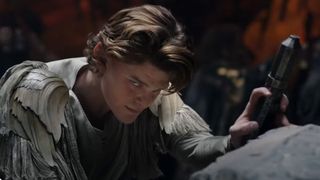
Creating new stories
There’s a lot of new stuff here, and tinkering with Tolkien’s legendarium has garnered the showrunners a lot of criticism from dedicated LOTR geeks. But people criticizing the changes have to remember that when Peter Jackson and co. were creating the LOTR movies in the nineties, big changes had to be made to create those adaptations, too.
Aragorn had to be given a character arc. Arwen’s role was beefed up to add more women into the mix. Many minor characters had to be cut, and even here, timelines had to be condensed. When Gandalf runs away to research Bilbo’s ring, in the books he’s actually gone for 17 years. Time’s been very kind to almost all the changes Jackson made on those films, and they’re now seen as the gold standard of fantasy on screen.
However, Jackson then went and made the Hobbit movies, and that was the last time new characters and storylines were created to expand and pad out a Tolkien story. Initially billed as two films, it was expanded into a trilogy to challenge the box office domination of the Avengers and Hunger Games franchises.
The results were... mixed, to put it politely. The Hobbit trilogy didn’t need to be as long as it was, and while the male-dominated story needed a few new characters like elven archer Tauriel—there’s not a single named woman in the book version of The Hobbit—turning the Battle Of The Five Armies, which lasts just two pages in the book, into its own three-hour film seemed excessive and soulless. But hey, money talks.
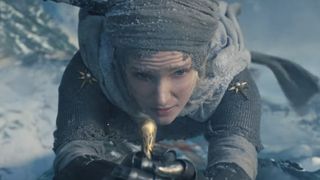
Missing the point
This is a story that’s going to be incredibly difficult—maybe impossible—to tell well on film. The amount of changes and finagling that have to be made by the writers to make sure it's coherent enough to adapt is a clear indication that it was never meant to be told this way.
Maybe it should have stayed on the page. We all know why this is getting made, and it’s not out of some deep respect for Tolkien or a burning desire to see Númenor onscreen; the bottom line is that Amazon spent a lot of money on this IP, and it’s going to make them even more.
It's quite sad that the key message of The Hobbit, that hoarded dragon-gold isn't as valuable as food, cheer and song, feels a little corrupted in the hands of the biggest corporation in the world. The Rings Of Power, on a macro level, is a blockbuster ploy to keep our money and attention on Prime Video and away from Netflix and Disney Plus.
It’s this sort of cynicism that is the absolute antithesis of Tolkien’s work, and in order to win over book fans like me, being a good fantasy show on its own merit is simply not going to be enough. It has to be truly great to justify its own existence, otherwise, Tolkien lovers are going to write it off as just another Wheel Of Time.
Get daily insight, inspiration and deals in your inbox
Sign up for breaking news, reviews, opinion, top tech deals, and more.

Matt is TechRadar's expert on all things fitness, wellness and wearable tech. A former staffer at Men's Health, he holds a Master's Degree in journalism from Cardiff and has written for brands like Runner's World, Women's Health, Men's Fitness, LiveScience and Fit&Well on everything fitness tech, exercise, nutrition and mental wellbeing.
Matt's a keen runner, ex-kickboxer, not averse to the odd yoga flow, and insists everyone should stretch every morning. When he’s not training or writing about health and fitness, he can be found reading doorstop-thick fantasy books with lots of fictional maps in them.

